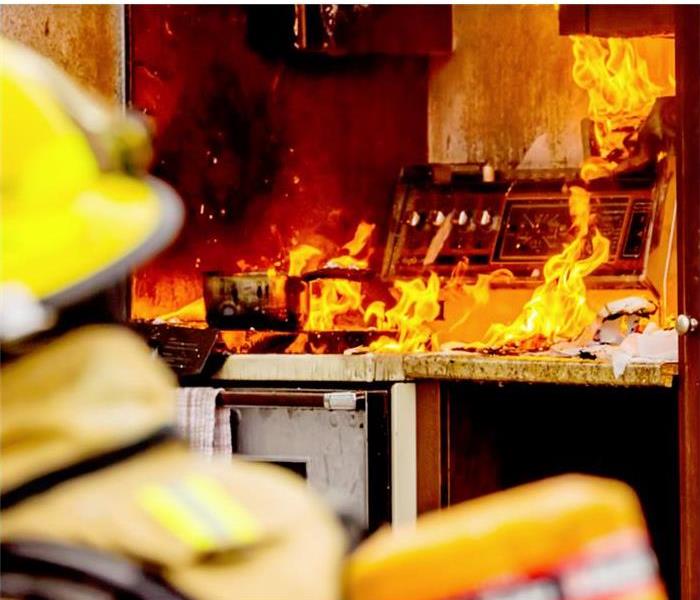You Need Professionals to Deal with Fire Damage in Laconia
3/30/2023 (Permalink)
 Fires in Laconia can happen quickly and often without any warning. Contact our SERVPRO team to help during this stressful time.
Fires in Laconia can happen quickly and often without any warning. Contact our SERVPRO team to help during this stressful time.
SERVPRO Manages Restorative Action for Fire Damaged Laconia Homes
Restorative cleaning by trained and experienced professionals can save you a lot of money on fire damage claims in Laconia. While replacing or resurfacing fire damaged items can be costly, cleaning and restoration services are usually only a fraction of the cost.
SERVPRO technicians use industry-leading technology to clean and restore the structure and components after fire damage to your Laconia property. Our scientifically developed principles and elements of cleaning aim to restore the materials to preloss condition and lessen the expense of the fire claim. The goal is to repair the damage “Like it never even happened.”
SERVPRO’s Elements of Cleaning
SERVPRO technicians keep the fire damage restoration process in your Laconia home efficient and straightforward. We aim to remove the smoke and soot residue as efficiently as possible without causing harm to the surfaces involved. SERVPRO technicians use several techniques based on the following four elements of cleaning to accomplish this goal:
- Using temperature: Heat increases the speed of the chemical reactions in cleaning products. The technicians select appropriate temperatures depending on the type of the solution and the material being cleaned.
- Using agitation: In some cases, the smoke and soot residues can form strong bonds with the surfaces that need mechanical agitation to dislodge. The restorers use towels, brushes, water, air pressure, or even sonic vibrations to provide required mechanical agitation to dislodge soils and char.
- Using chemical action: Professional products react chemically with the soils to alter their structure and weaken the bonds with surfaces. Technicians select the proper products based on the desired action, such as bleaching, oxidizing, dissolving, or digesting.
- Using time: Time plays a crucial role in restorative cleaning. The amount of dwell time needed by professional products varies significantly with the soil and surface involved.
Methods Used in Restorative Cleaning
SERVPRO technicians utilize several methods to clean a wide range of structural components and contents after fire damage. Regardless of the method, we always care for the customer’s personal property. Here are some of the techniques that we routinely use to clean fire damaged homes:
- Dry cleaning: As the name suggests, this method involves the application of light agitation using dusting clothes and brushes without applying any product. It is a method of choice if the residue is light and non-greasy.
- Wet cleaning: More aggressive than the previous method, this method often involves using professional agents that may or may not be water-based. The item being cleaned is thoroughly saturated in the solution.
- Spray and wipe: Although it is a variation of the wet cleaning method, it does not involve surface saturation with an agent. The product is lightly sprayed on the surface and wiped clean with a towel. The restorer has better control over the amount of product applied.
- Abrasive cleaning: These methods involve applying agitation to the surface being cleaned. Restorers have different methods of rubbing or agitating residues from the surface. Technicians routinely use abrasive media such as steel wool or scrubbing pads.
- Immersion cleaning: It is an effective method only if the cleaned item can withstand being submerged in liquid. In some cases, the restorers also use high-frequency sound waves to provide abrasion during immersion cleaning. The ultrasound waves produce millions of tiny bubbles that implode, creating microscopic jet streams that provide focused agitation.
Irrespective of the size, We’re Faster To Any Size Disaster, and SERVPRO is dedicated to helping you when you need us the most. Call SERVPRO of The Lakes Region at (603) 527-2518.






 24/7 Emergency Service
24/7 Emergency Service